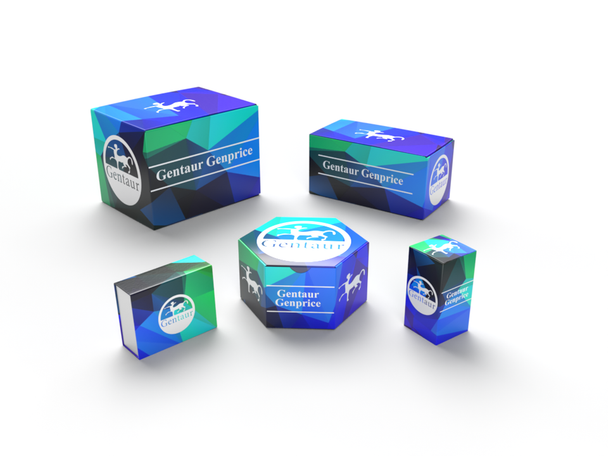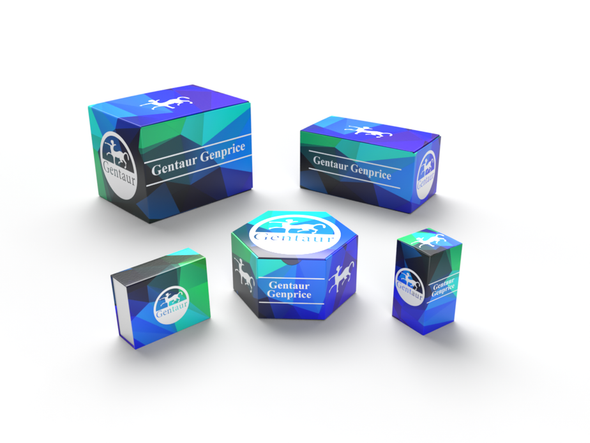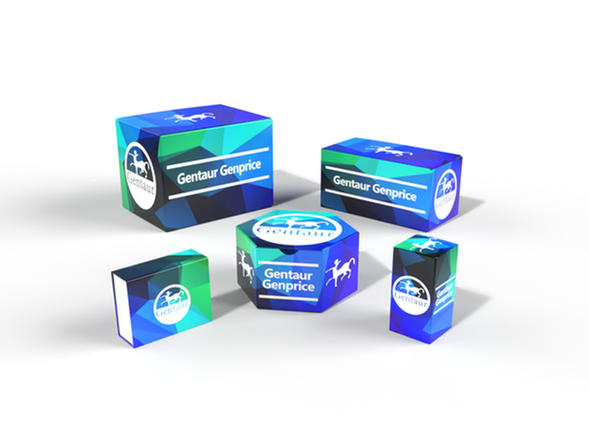Description
Recombinant Human FGF2 (E. coli) | Z101455 | Gentaur UK, US & Europe Distribution
Specification
| Description | Basic Fibroblast Growth Factor is found in almost all tissues of mesodermal and neuroectodermal origin and also in tumors derived from these tissues. Endothelial cells produce large amounts of this factor. Some bFGF is associated with the extracellular matrix of the subendothelial cells. Many cells express bFGF only transiently and store it in a biologically inactive form. The mechanism by which the factor is released by the cells is not known. It is released after tissue injuries and during inflammatory processes. FGF receptors are encoded by a gene family consisting of at least four receptor tyrosine kinases that transduce signals important in a variety of developmental and physiological processes related to cell growth and differentiation. bFGF stimulates the growth of fibroblasts, myoblasts, osteoblasts, neuronal cells, endothelial cells, keratinocytes, chondrocytes, and many other cell types. |
|---|---|
| SKU | Z101455 |
| Growth Factor Size | 50 µg |
| Unit quantity | 50 µg |
| Family | FGF Family |
| Aliases |
bFGF, Fibroblast growth factor 2, FGF-2, Heparin-binding growth factor 2, HBGF-2 |
| Gene Symbol | FGF2 |
| Gene ID | 2247 |
| Accession Number | P09038 |
| Source | E. coli |
| Species | Human (H. sapiens) |
| Appearance | Lyophilized Powder |
| Molecular Weight | 17 kDa |
| Endotoxin Level | <1.0 EU/µg of recombinant protein as determined by the LAL method |
| Purity | >95% as determined by SDS-PAGE |
| Formulation | Lyophilized from a 0.2 μm filtered solution in PBS |
| Function | The bioactivity was determined in a NIH/3T3 cell proliferation assay. The ED50 was in the range of 0.05 - 0.5 ng/ml. |
| Reconstitution |
A quick spin of the vial followed by reconstitution in sterile distilled water to a concentration not less than 0.1 mg/mL is recommended. Please note, filter sterilization is a must following reconstitution. This solution can then be diluted into other buffers. |
| Storage | The lyophilized protein is stable for at least one year from date of receipt at -70°C. Upon reconstitution, this cytokine can be stored in working aliquots at 2° - 8°C for one month, or at -20°C for six months, with 0.1% BSA without detectable loss of activity. Avoid repeated freeze/thaw cycles. |
| Usage | For research use only. Not for diagnostic or therapeutic use. |






